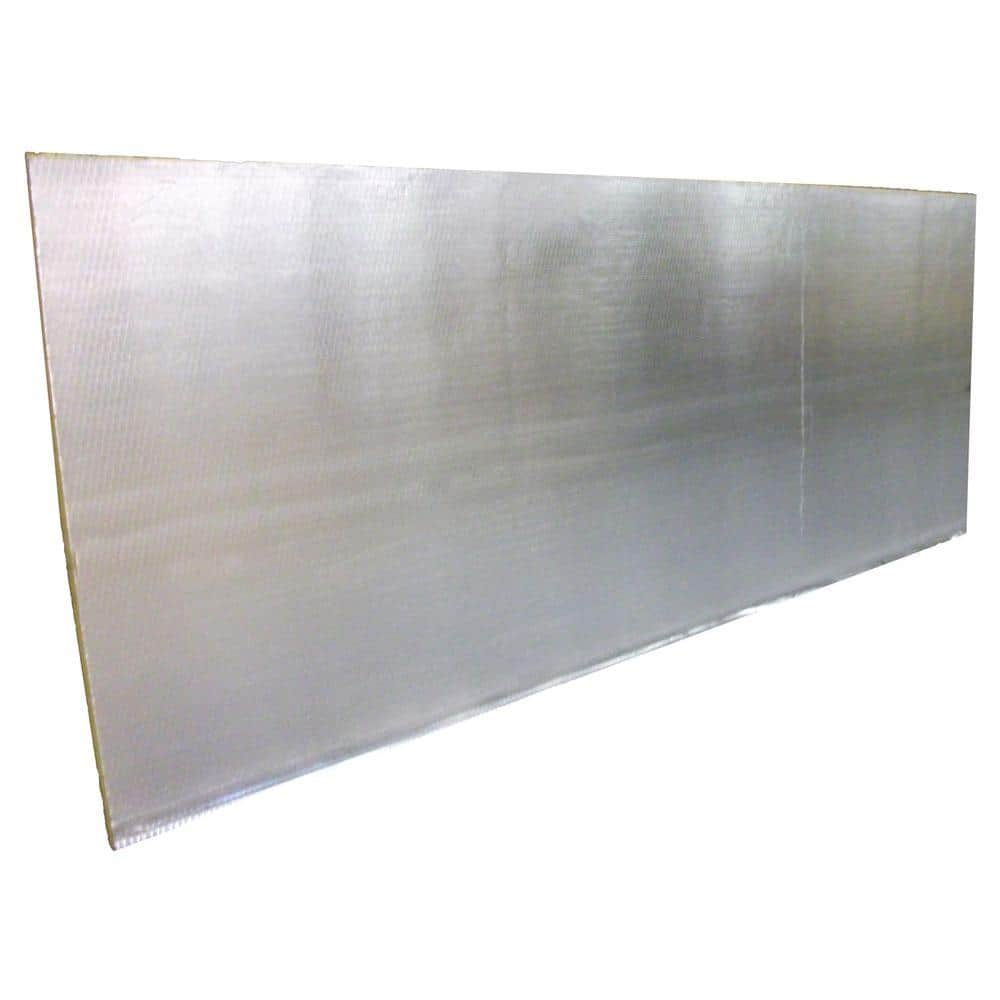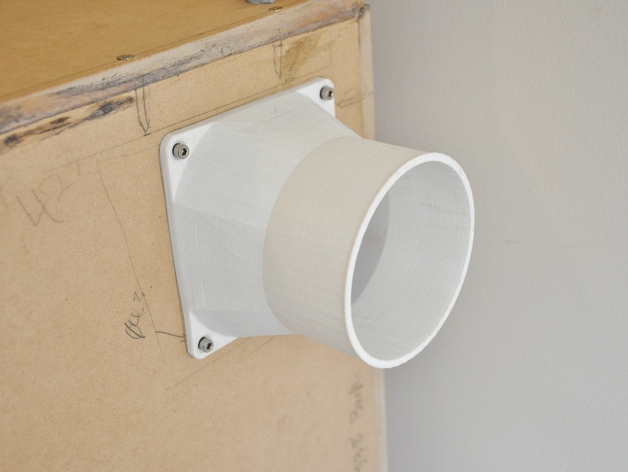automatikdonn
Becoming Offgrid
I think in light of recent news about the explosion in Germany, having a discussion on risk mitigation methods is prudent.
I think designing an enclosure that goes around the battery packs that would vent directly outside is worth discussing.
My initial thoughts are to make a direct vent system that would suck air in from outside and vent air outside. There are some challenges with this method due to outside temperatures. I am wondering what we can come up with as a community to mitigate this risk.
I think designing an enclosure that goes around the battery packs that would vent directly outside is worth discussing.
My initial thoughts are to make a direct vent system that would suck air in from outside and vent air outside. There are some challenges with this method due to outside temperatures. I am wondering what we can come up with as a community to mitigate this risk.




